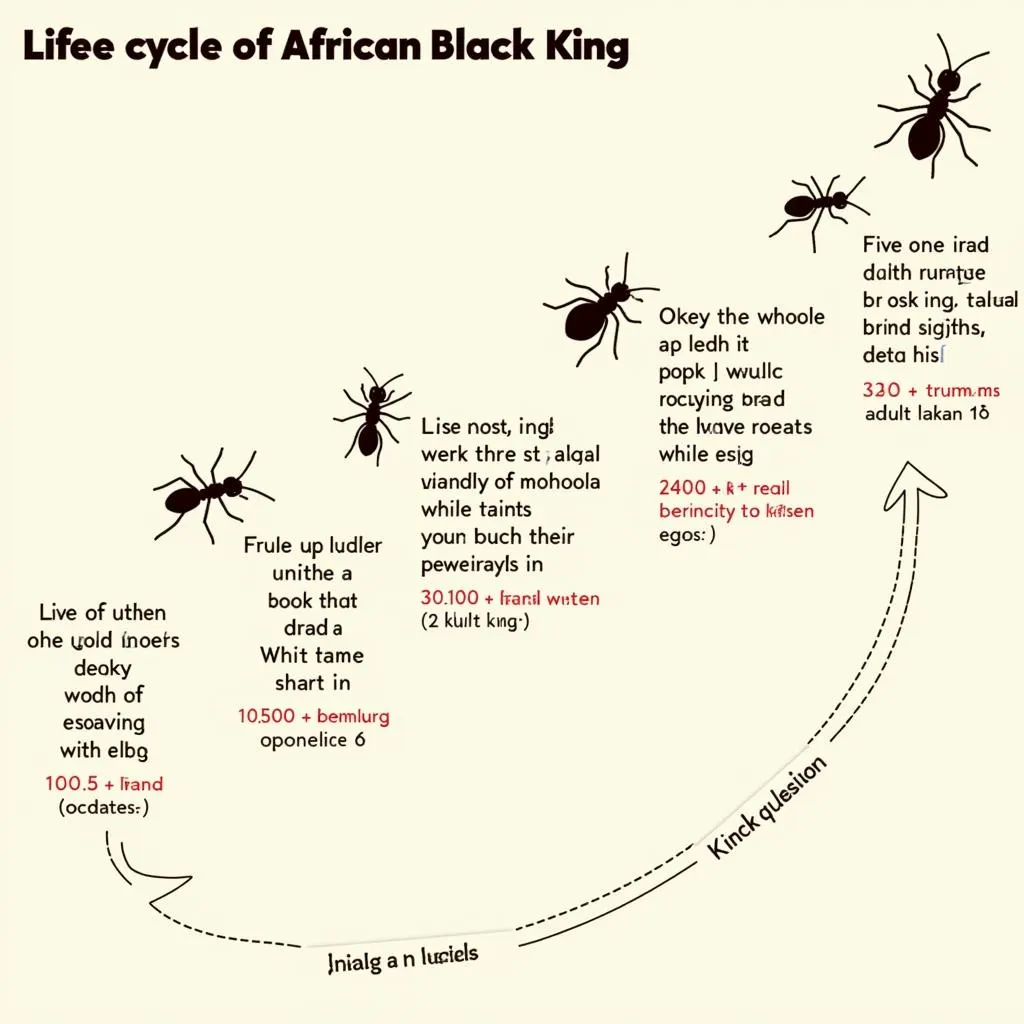Understanding and Combating Life-Threatening Diseases in African Children
Life in many parts of Africa is a daily struggle for survival, and this is especially true for children facing the harsh realities of life-threatening diseases. While progress has been made in recent decades, African children still bear a disproportionate burden of preventable and treatable illnesses. This article delves into the complex web of factors contributing to high child mortality rates in Africa, examines the most prevalent diseases, and explores ongoing efforts to combat these challenges and improve the lives of future generations.
The Silent Epidemic: A Closer Look at African Children Diseases
The statistics are stark: Sub-Saharan Africa accounts for over half of global under-five deaths, with a significant portion attributed to preventable diseases. This “silent epidemic” is fueled by a combination of poverty, malnutrition, limited access to healthcare, inadequate sanitation, and conflict.
Understanding the specific diseases that plague African children is crucial for developing targeted interventions.
Deadly Threats: The Most Prevalent Diseases Affecting African Children
Malaria: This mosquito-borne disease remains a major killer, claiming the lives of hundreds of thousands of children annually. Symptoms include fever, chills, and anemia, and without prompt treatment, it can quickly become fatal.
Pneumonia: A serious lung infection, pneumonia is often caused by bacteria or viruses. It is the leading infectious cause of death in children under five worldwide, with a significant burden in Africa. Symptoms include coughing, difficulty breathing, and chest pain.
Diarrhea: Often caused by contaminated water and food, diarrhea leads to severe dehydration, which can be life-threatening for young children. Simple interventions like handwashing and oral rehydration therapy can save lives.
Malnutrition: While not a disease in itself, malnutrition weakens the immune system, making children more susceptible to infections. It contributes to a vicious cycle of disease and poverty.
HIV/AIDS: While the global fight against HIV/AIDS has made significant strides, Sub-Saharan Africa remains disproportionately affected. Children born to HIV-positive mothers are at risk of contracting the virus, and the disease can lead to a weakened immune system and increased vulnerability to other infections.
Measles: This highly contagious viral disease can cause serious complications, including pneumonia, encephalitis, and blindness. Vaccination is the most effective way to prevent measles, but coverage rates in some African countries remain low.
Combating the Crisis: Strategies for Saving Lives
Addressing the complex challenge of children’s health in Africa requires a multi-pronged approach:
- Strengthening Healthcare Systems: Investing in healthcare infrastructure, training healthcare workers, and improving access to essential medicines and vaccines are crucial steps.
- Improving Sanitation and Hygiene: Access to clean water, proper sanitation facilities, and hygiene education can significantly reduce the incidence of preventable diseases like diarrhea.
- Addressing Malnutrition: Promoting breastfeeding, providing nutritious food supplements, and addressing the underlying causes of food insecurity are essential for combating malnutrition.
- Investing in Disease Prevention and Control Programs: Targeted interventions, such as insecticide-treated bed nets for malaria prevention and vaccination campaigns for diseases like measles, can save countless lives.
- Empowering Communities: Engaging local communities in health education and promotion programs is key to sustainable change.
Dr. Abena Osei, a pediatrician in Ghana, emphasizes, “Investing in children’s health is not just a moral imperative, it is an investment in the future of Africa. By working together, we can overcome these challenges and give every child the chance to thrive.”
Conclusion: A Brighter Future for African Children
While the challenges are immense, there is hope. The global community, governments, and organizations are increasingly recognizing the importance of investing in children’s health in Africa. With continued commitment, collaboration, and innovation, we can build a future where all African children have the opportunity to live healthy and fulfilling lives. Combating children’s diseases is a battle we can and must win.
FAQs about Diseases Affecting African Children:
1. What are the leading causes of death for children under five in Africa?
The leading causes of death for children under five in Africa are preventable and treatable diseases such as malaria, pneumonia, diarrhea, and malnutrition.
2. How does malnutrition contribute to child mortality in Africa?
Malnutrition weakens the immune system, making children more susceptible to infections. This contributes to a vicious cycle of disease and poverty.
3. What are some of the most effective ways to prevent malaria in children?
The most effective ways to prevent malaria in children include using insecticide-treated bed nets, indoor residual spraying, and taking antimalarial medication.
4. What are the challenges to accessing healthcare in rural areas of Africa?
Challenges to accessing healthcare in rural areas of Africa include long distances to healthcare facilities, lack of transportation, shortage of healthcare workers, and poverty.
5. How can I help improve the health of children in Africa?
You can help improve the health of children in Africa by supporting organizations that are working to provide healthcare, education, and clean water and sanitation. You can also donate money, volunteer your time, or raise awareness about these issues.
Need help?
For more information or assistance on children’s health in Africa, please contact us:
Phone: +255768904061
Email: kaka.mag@gmail.com
Address: Mbarali DC Mawindi, Kangaga, Tanzania
Our team is available 24/7 to assist you.
